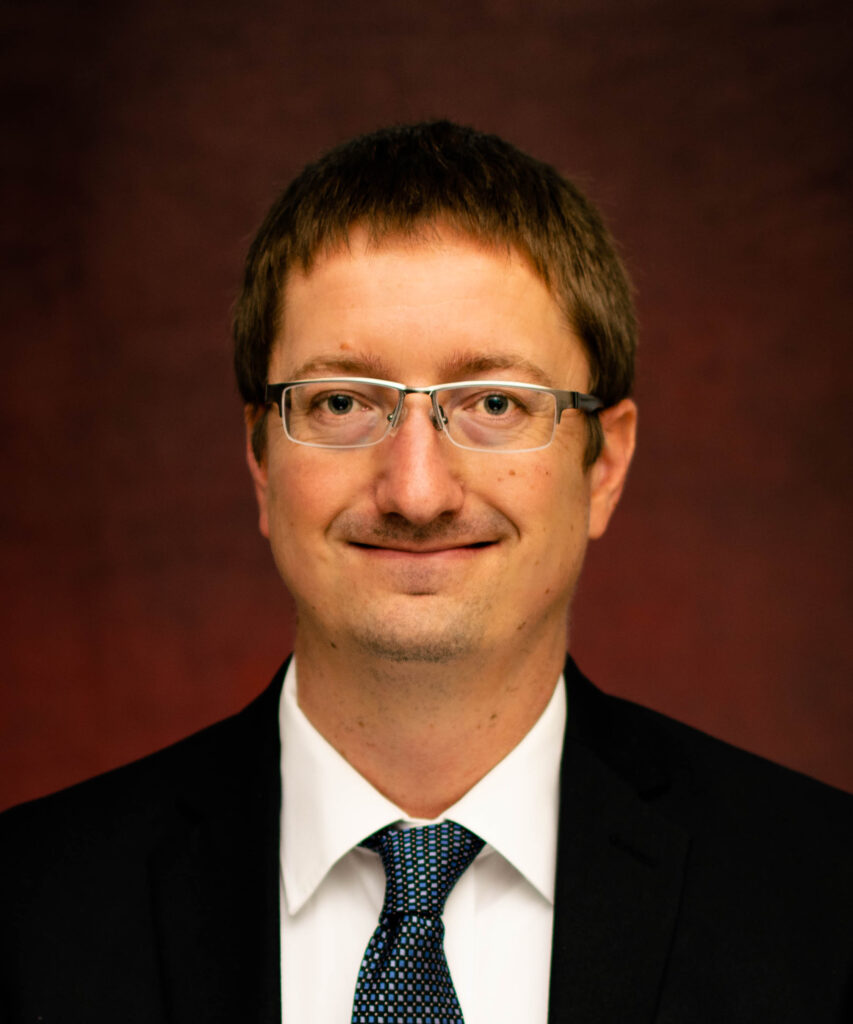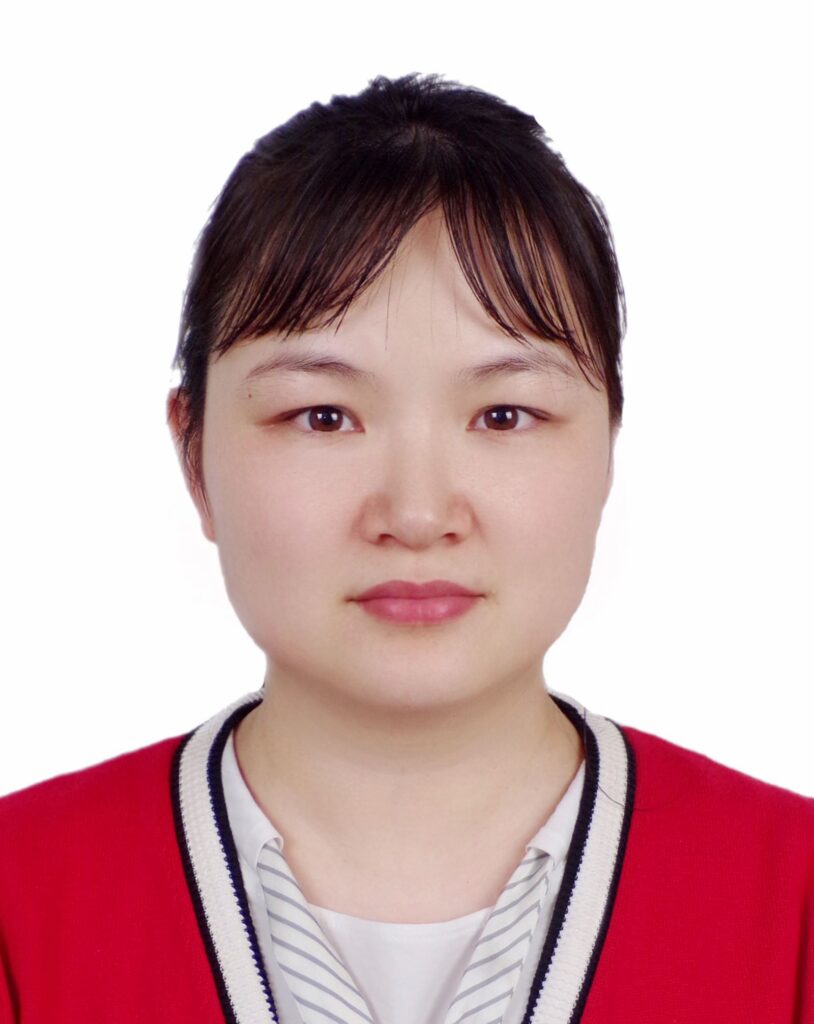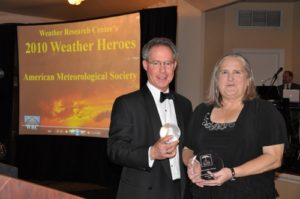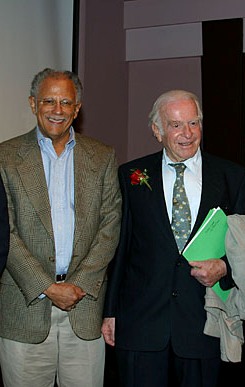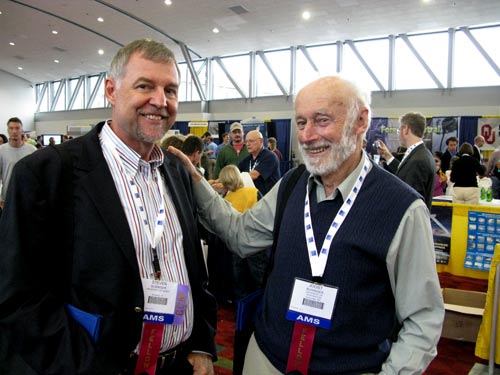By Anjuli S. Bamzai, AMS President
Dr. Warren Washington passed away last month. The American Meteorological Society was lucky to benefit from a career’s worth of attention from this exceptional individual — a trailblazer in climate modeling, NCAR Distinguished Scholar, advisor to five U.S. presidents, National Science Board chair, and longtime leader of the AMS community. He was among the first to develop and use the pioneering atmospheric general circulation models that underlie our current understanding of climate change, and his research contributed to the Intergovernmental Panel on Climate Change (IPCC) Fourth Assessment Report that received the Nobel Peace Prize in 2007.
Warren joined AMS as an undergraduate student and was actively engaged with the Society his entire career. He served as our AMS President in 1994, our 75th anniversary year. He played a key role in advancing initiatives to enhance diversity in the field, including as a scholarship donor and co-founder of the Board on Women and Minorities. He was named an Honorary Member, and received several prestigious AMS awards. He was a mentor, beloved colleague, and friend to many of us, myself included.
Elucidating the Future Climate
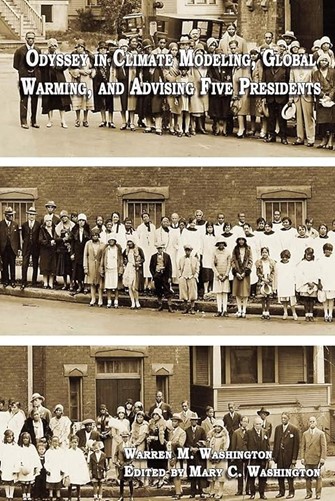
Warren was born in Portland, Oregon. His parents placed a high value on education despite the hostility his mother faced as a nurse when studying at the University of Oregon and the struggles his Talladega College-educated father faced during the Great Depression. Warren earned his undergraduate degree in physics and his master’s degree in meteorology at Oregon State University. He went on to become the second ever African American to earn a doctorate in the atmospheric sciences, which he received from Penn State University in 1964.
<<The cover of Dr. Warren Washington’s autobiography shows a 1930 panoramic photograph (in three parts) of the Portland, Oregon Bethel African Methodist Episcopal Church and its congregation, which represented about 5% of Oregon’s Black population at the time. Warren’s maternal grandfather, Wirt Morton Sr., is fifth from the right in the bottom segment; Warren’s mother, Dorothy Morton, is in the top segment (to the left of the church door and immediately to the left of the man holding a hat in his hand).
In 1963, Warren joined the NSF National Center for Atmospheric Research (NCAR) as a research scientist. He would remain connected with NCAR for over six decades. He was a Distinguished Scholar there at the time of his passing.
In the 1960s, he worked with his colleague Dr. Akira Kasahara to develop one of the first computer models of the atmosphere. His team at NCAR used those models to enhance our understanding of the role of natural processes as well as human activities in the coupled Earth system — over time incorporating oceans, sea ice, surface hydrology, and more into their simulations. This research would go on to inform innumerable contributions in climate science, including the IPCC’s Nobel Peace Prize-winning work.



Dr. Warren Washington with colleagues. Photo at left: Warren Washington and Akira Kasahara, courtesy of NSF NCAR Archives (original work published 1975). Center photo: Warren and Mary Washington with Anjuli Bamzai. Photo at right: NCAR Climate Change Research Section, 2005. Left to right: Warren Washington, Jerry Meehl, Haiyan Teng, Gary Strand, Stephanie Shearer, Dave Lawrence, Vince Wayland, Julie Arblaster, Reto Knutti, Aixue Hu, and Lawrence Buja. Photo courtesy of Jerry Meehl, NSF NCAR.
In 1986, Warren co-authored the book, An Introduction to Three-Dimensional Climate Modeling, with Claire Parkinson. It provided an introduction to the development of three-dimensional climate models and their applications for simulating aspects of the current climate system, from ENSO to the effects of increasing greenhouse gas concentrations on future climate.
I met Warren on my first visit to NCAR back in the 1990s, and then interacted more closely with him when I was program manager of the climate modeling program at the U.S. Department of Energy and he was serving on the DOE Biological and Environmental Research Advisory Committee (BERAC). We also worked closely on an international workshop, “Challenges in Climate Change Science and the Role of Computing at the Extreme Scale,” which Warren chaired in 2008. In looking back at the workshop’s themes — which focused on computational issues associated with model development, simulations and assessment, decadal predictability, natural variability and prediction — I am struck by what a visionary Warren was to identify several decades ago some of the vexing issues in climate science that we are still addressing today!
A Decorated Life
During the span of his illustrious career, Warren was on numerous federal advisory committees and commissions. He served on the National Science Board (1994–2006); initially as a member and then as the Chair starting in 2002. In 2002, he was elected to the National Academy of Engineering “for pioneering the development of coupled climate models, their use on parallel supercomputing architectures, and their interpretation.” In 2003, he was elected to the American Philosophical Society.

In 1999, Warren received the Charles Anderson Award from the AMS for “pioneering efforts as a mentor and passionate supporter of individuals, educational programs, and outreach initiatives designed to foster a diverse population of atmospheric scientists. Dr. Charles E. Anderson (1919-1994) was a former Tuskegee Airman and the first African American to receive a PhD in meteorology.
<< Dr. Warren Washington receiving the Charles E. Anderson award in 1999, from AMS President George Lawrence Frederick Jr. Photo courtesy of AMS archives.
In 2006, Warren became an Honorary Member of the AMS. In his acceptance speech, for which he received a standing ovation, he advised early career scientists to find personal growth and leadership by taking part in the broader aspects of their field. He also stated that “Scientists should be free to tell the public, media, and policy makers the results of their research. Of course, there is always the need to make sure not to confuse the public, so individual responsibility is important.” He ended his speech by pointing out that scientific debate should be settled at scientific society meetings.
At the following AMS Annual Meeting, he received the Charles Franklin Brooks Award for Outstanding Service to the Society, and a couple of years later, he shared the 2009 AMS Jule G. Charney Medal with his longtime colleague and collaborator Jerry Meehl.

Warren and Jerry Meehl with Marla Meehl and Mary Washington at the 89th AMS Annual Meeting, held January 2009 in Phoenix, AZ. Photo courtesy of Jerry Meehl, NCAR.

In 2010, Warren was also one of the ten eminent researchers to be awarded the National Medal of Science by President Barack Obama, “for his development and use of global climate models to understand climate and explain the role of human activities and natural processes in the Earth’s climate system and for his work to support a diverse science and engineering workforce.”
<< Warren Washington receives the National Medal of Science from President Barack Obama. Copyright Charles M. Vest (2010), used with permission.
Also in 2010, a symposium was held in Warren’s honor at the AMS Annual Meeting in Atlanta, Georgia. It was attended by many of the legends of climate modeling!


Left: Group photo at symposium honoring Warren Washington at the 90th AMS Annual Meeting, held January 2010 in Atlanta, Georgia. From left: Kirk Bryan, Syukuro Manabe, Gerald Meehl, Greg Jenkins, Larry Gates, Jane Lubchenco, Steve Schneider, Dave Bader, Warren Washington, John Kutzbach, V. Ramanathan, Jim Hansen, and Bert Semtner. Photo copyright University Corporation for Atmospheric Research (2010). Right: Mary and Warren Washington at the newly named Warren M. Washington building at Penn State University’s Innovation Park. Photo credit: Patrick Mansell/Penn State (Creative Commons license).
Warren was a Distinguished Alumnus of Penn State and in 2019, Penn State named a building in his honor at its campus Innovation Park site.
A Legacy of Empowerment
Warren was instrumental in establishing AMS’s Board on Women and Minorities, now known as AMS BRAID. He and his wife, Mary, also established an AMS undergraduate scholarship to provide support to underrepresented students. Through their generosity, several who otherwise might not have attended the AMS Annual Meeting have been able to do so.
In early 2020, the AMS set up The Warren Washington Research and Leadership Medal to be awarded to individuals recognized for the combination of highly significant research and distinguished scientific leadership in the atmospheric and related sciences.
Warren was a pioneer and true giant in our community. Those of us who were fortunate to interact with him benefited from his sage counsel, vision, and sharp intellect. No question was mundane enough that it didn’t get a deliberate, candid yet considerate response from him. He helped so many realize their full potential to excel. What a great scientist, and a great humanist! His legacy lives on through those he supported, mentored, and inspired.
Dr. Warren Washington was the epitome of a true leader.
Photo at top: Warren Washington with the late Fuqing Zhang (back to camera) and Ruby Leung. Past-President Jenni Evans is in the background on the left. Taken at the 2019 opening of the Warren M. Washington building at Penn State. Photo credit: David Kubarek/Penn State (Creative Commons license).




